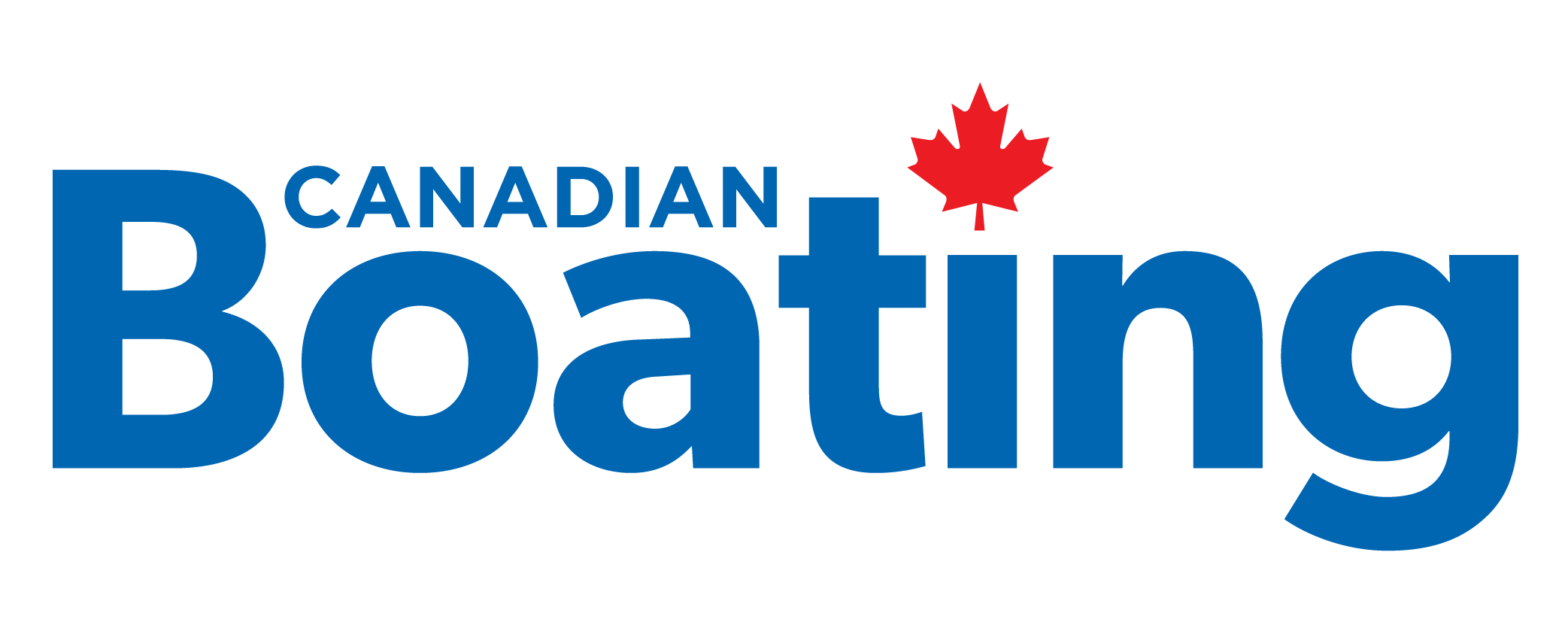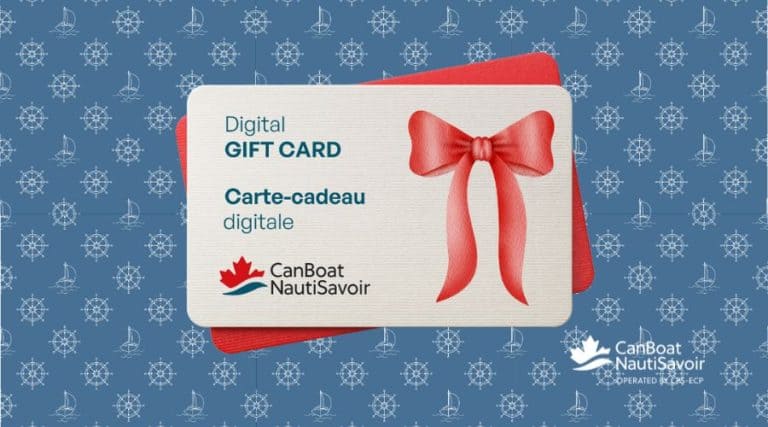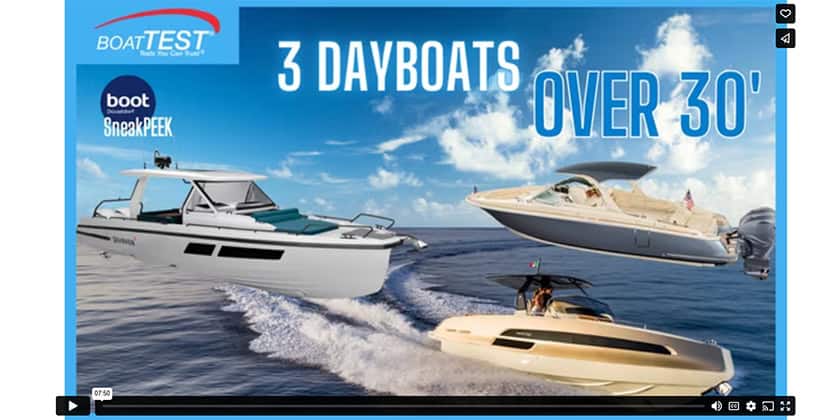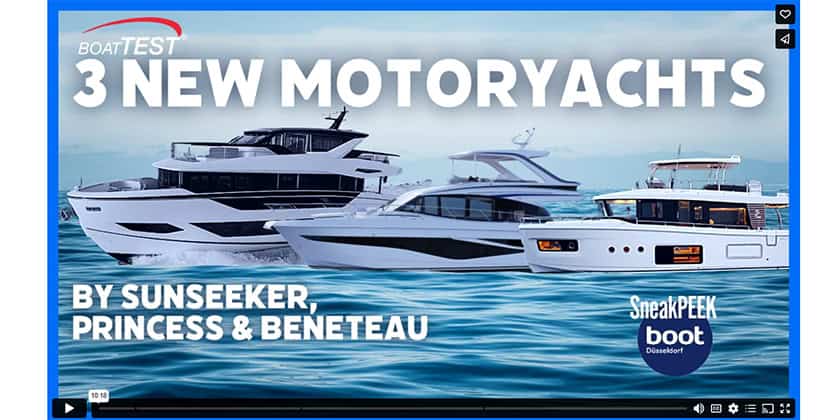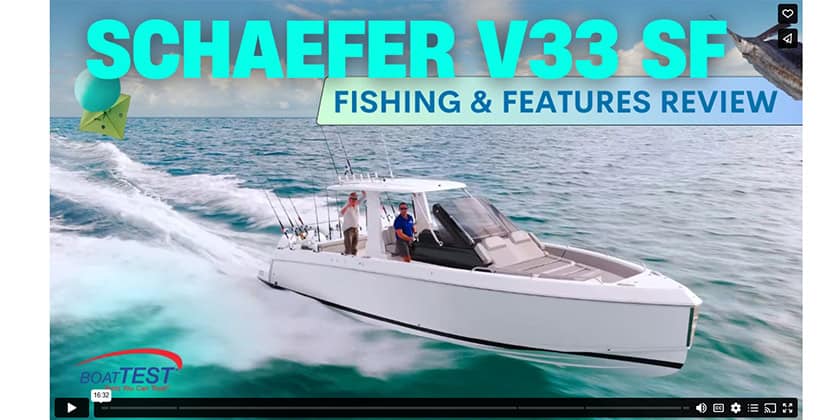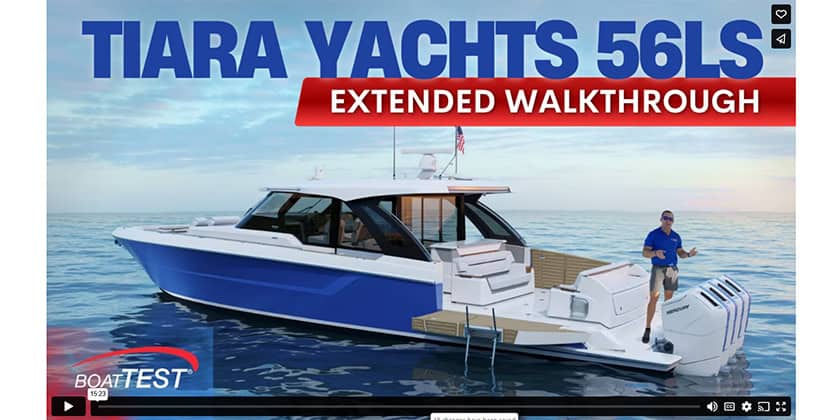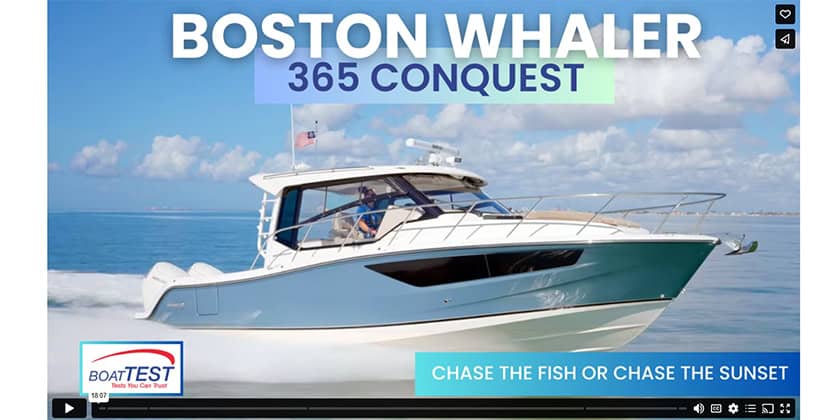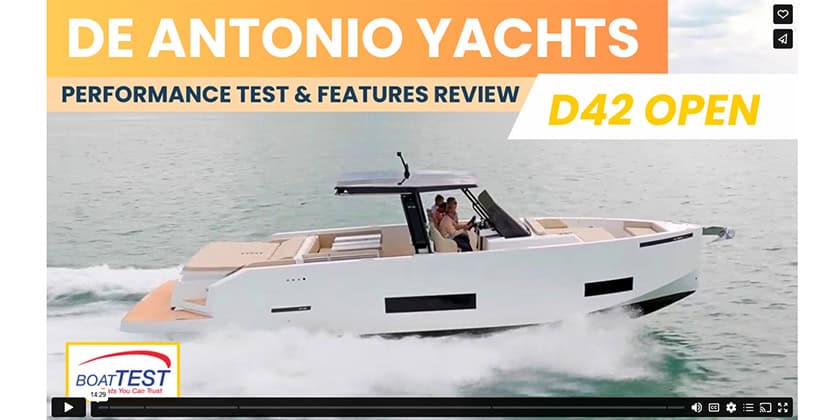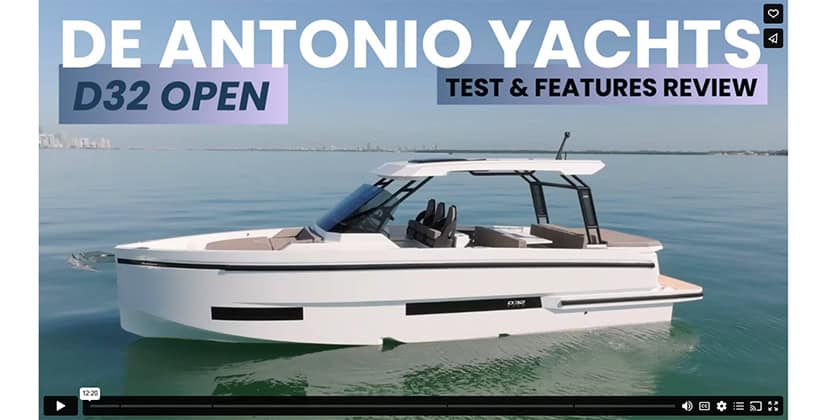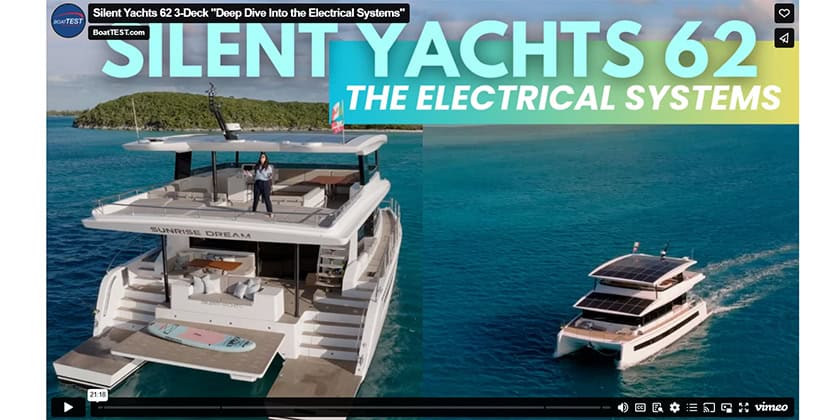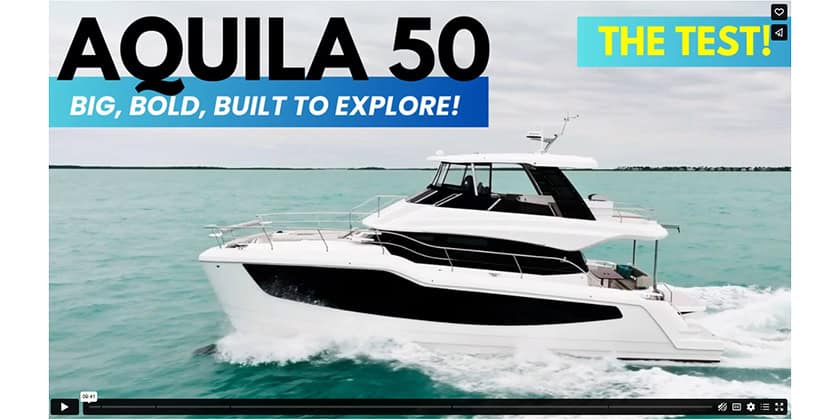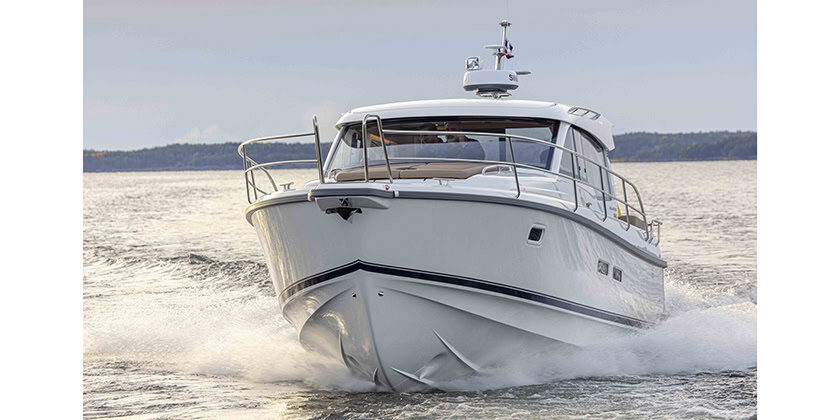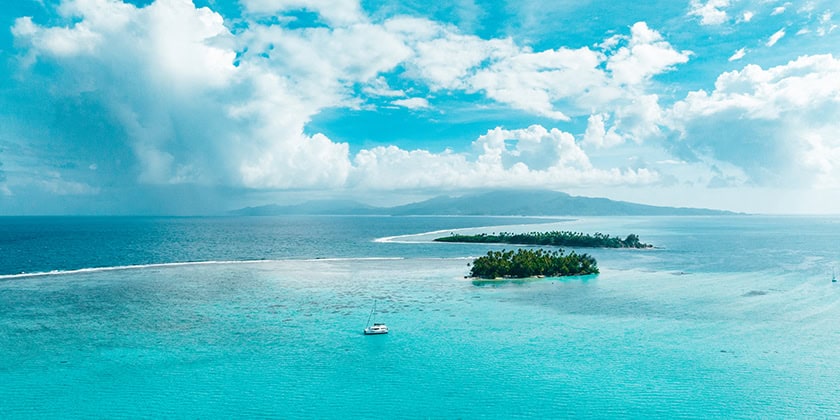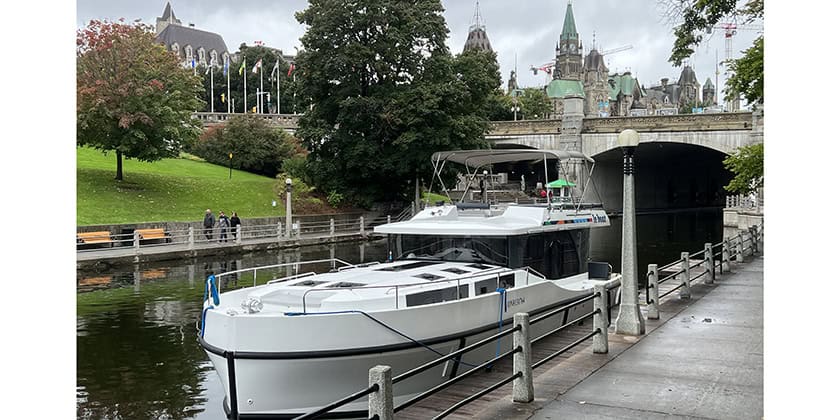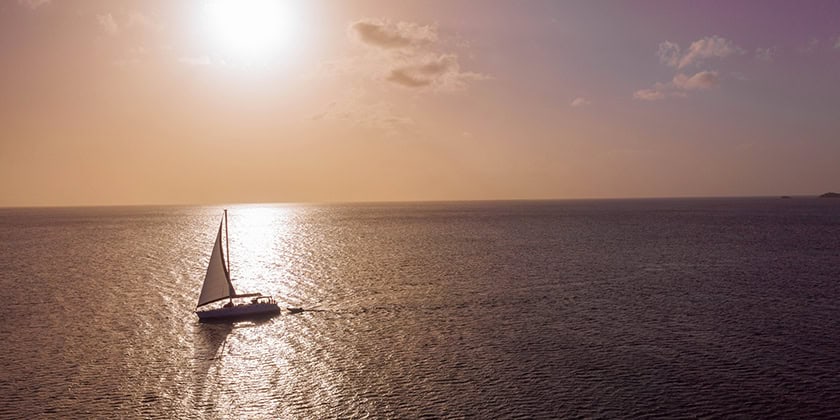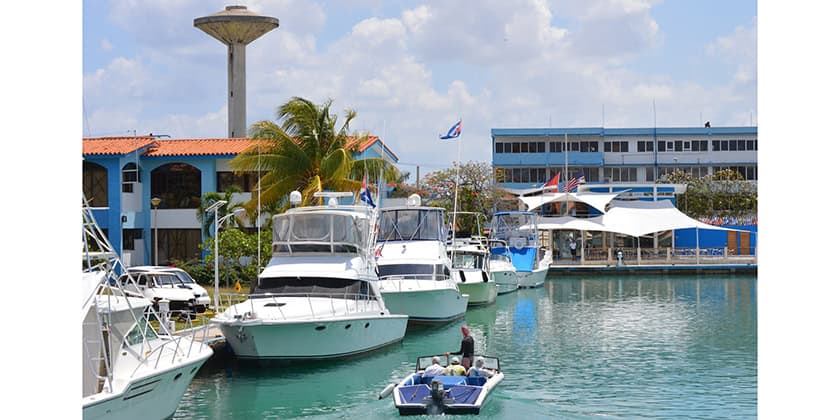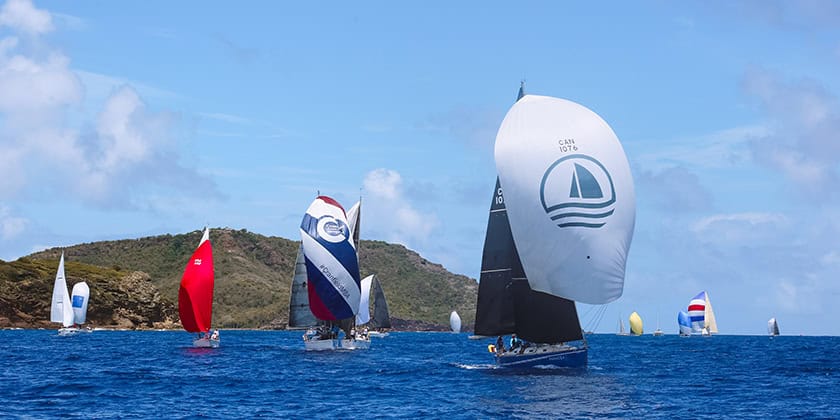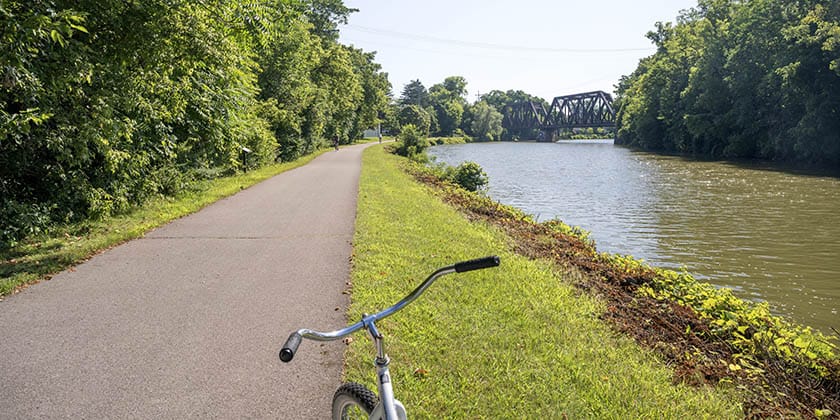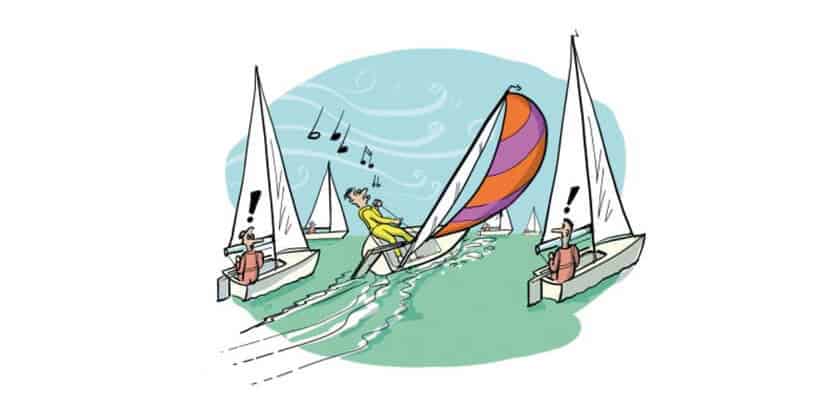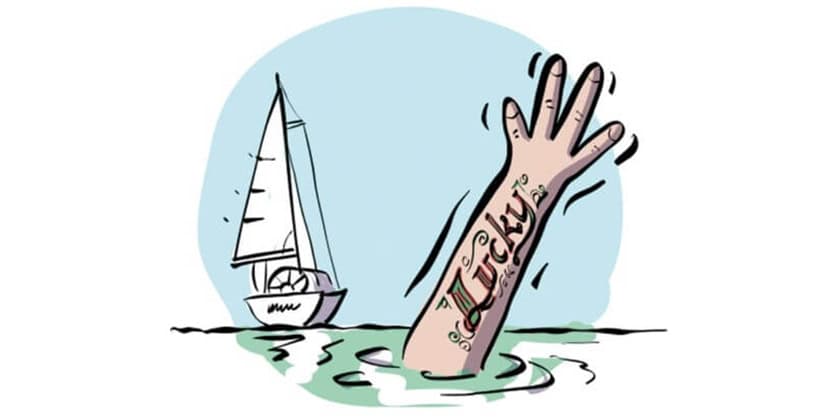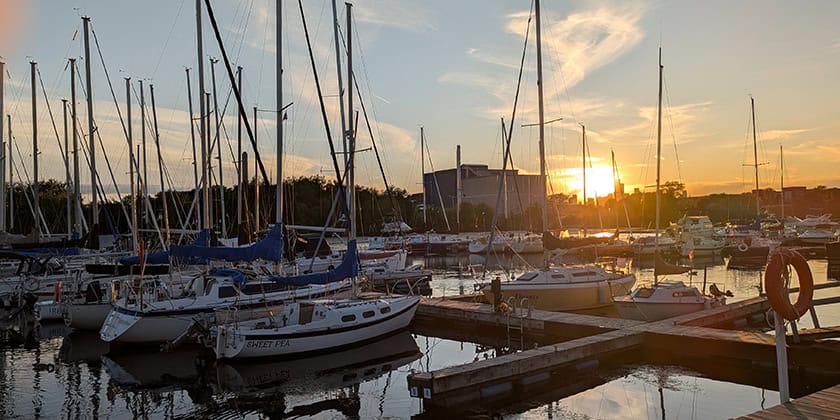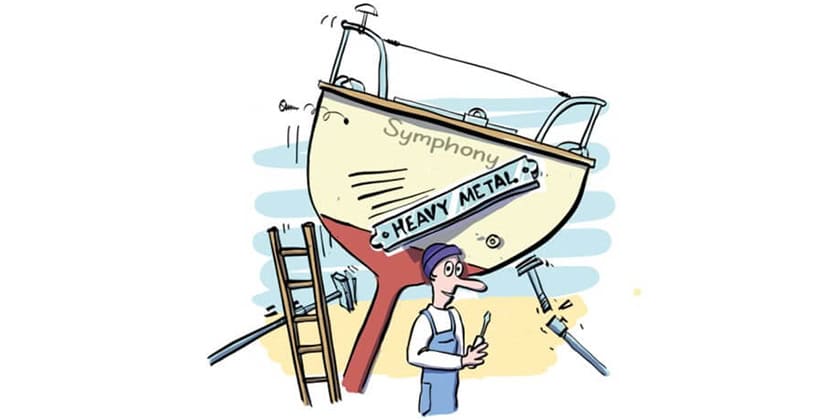AIS For Boaters
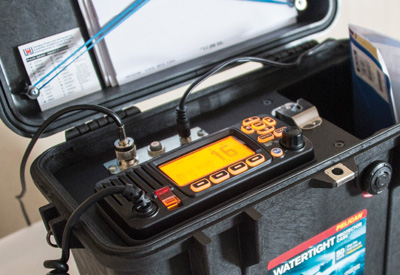
May 23, 2019
One of the tankers I worked on had a sign prominently displayed in the wheelhouse….its message was a short, but sharp reminder, “A Collision At Sea Can Ruin Your Entire Day.” In those days, our collision avoidance system consisted of one fairly good pair of eyes and a radar system. I’ve often thought back, “Boy wouldn’t it have been nice to have had an AIS transceiver on board back then.” Well, for the recreational boater who does much of his/her sailing on either of our ocean coasts, in the St Lawrence River system, or on any of the Great Lakes where there is moderate to heavy commercial shipping traffic, these wishful thoughts have been answered.
AIS, or Automatic Identification Systems, were mandated by the IMO in 2002 for commercial vessels over 300 tonnes, and all passenger vessels carrying more than 12 passengers. It wasn’t long before the electronics industry introduced a Class B AIS system for recreational vessels; a lower-powered unit with a few less bells and whistles, but still loaded with lots of great collision-avoidance features. AIS transceivers are fully-autonomous, require no human interaction, operate in the same part of the VHF radio frequency spectrum as the VHF marine radio, and can be integrated with a vessel’s radio, radar, and chartplotter display. Unlike radar, they are not bothered by sea clutter or rain, and AIS can “see” around and over geographical features like islands or headlands.
The heart of an AIS unit is an integral or external GPS unit, and it is programmed with and transmits the same MMSI data as your VHF radio. When an AIS signal from another vessel is processed and appears on the screen display, it shows the vessels name, type, size, its bearing and range, the direction and speed of the vessel, its Closest Point of Approach, and Time of Closest Approach, and other information. Although a typical Class B AIS transceiver will cost around $800 to $900, and a Class A unit from about $1300 and up, consider the tremendous safety margin you are getting. Still a little more than you are comfortable with?… then consider an AIS receive-only set at $600 to $700, but be aware that although you can “see” vessels around you, they may not see you.
CPS-ECP has a seminar, written in both French and English; “AIS For Recreational Boaters,” that has been written specifically with enough operational and technical information to help a boater decide whether or not to buy an AIS transceiver, and what type is best suited for his/her purpose. Your nearest squadron can deliver this seminar for a very fair cost in less than two-hours at your local yacht club or marina, and what’s more, you get to socialize with fellow boaters, coffee and doughnuts included.
Brian Reis, JN
Assistant National Educational Officer
